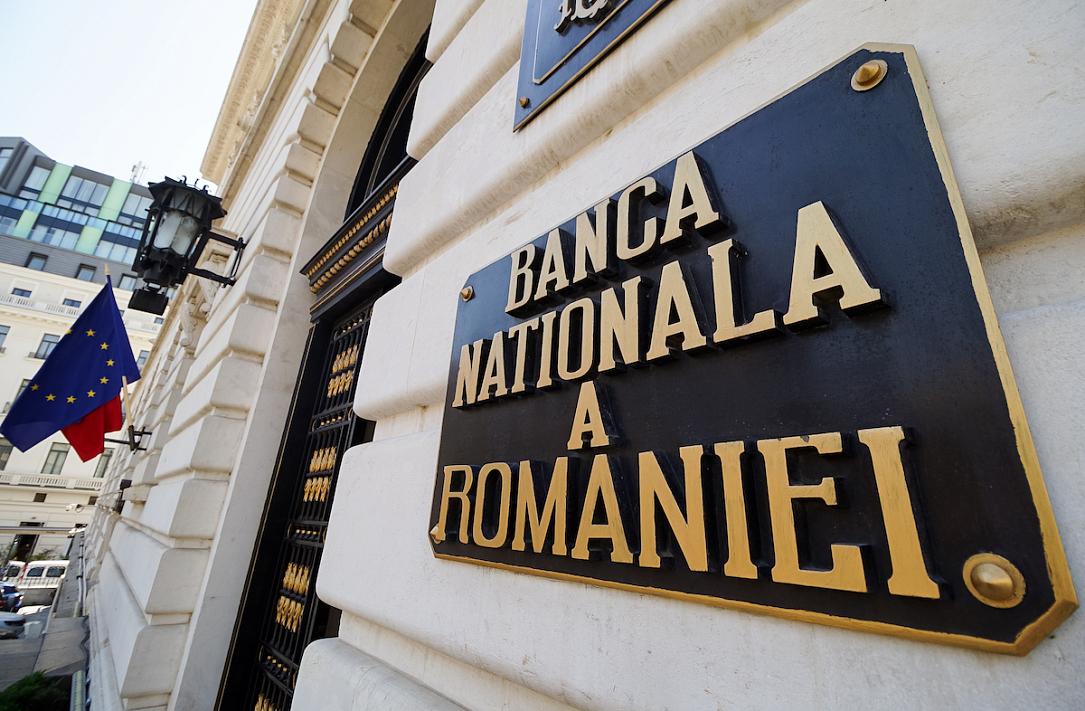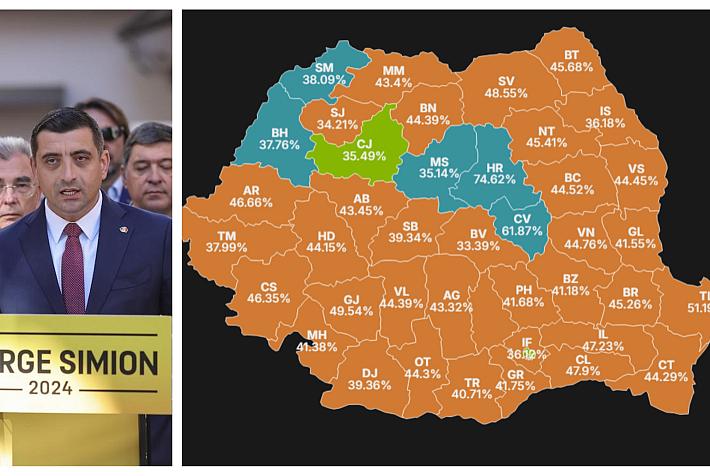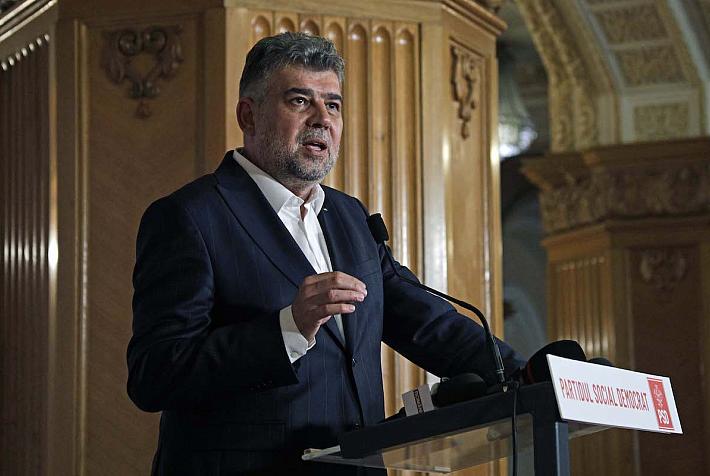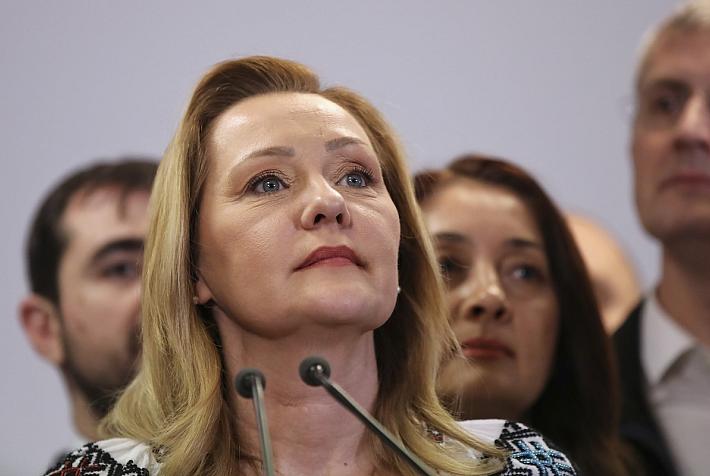Romania’s national bank maintains monetary policy interest rate at 6.5%

The Board of Directors of the National Bank of Romania (BNR) decided to maintain the monetary policy interest rate at 6.5% per year, as well as the lending facility rate at 7.5% per year in its meeting on Friday, February 14. Additionally, BNR kept the deposit facility rate at 5.5% per year.
BNR initiated its monetary easing cycle in the summer of 2024. The drop in inflation convinced the central bank’s board to reduce the rate in July 2024 to 6.75% from the 7% level it had maintained for a year and a half. Another rate cut followed in August, bringing it to 6.5%, a level that was then kept until the end of the year.
Most analysts had anticipated that the central bank would keep the key interest rate at 6.5% in the latest meeting, considering persistent inflation and fiscal challenges. A revision of the inflation forecast for the end of the year is also expected. Looking ahead, BNR might continue to lower the key interest rate in 2025, but likely only in the second half of the year and with caution, due to concerns about inflation and fiscal policy.
Regarding BNR’s macroeconomic analysis, current assessments indicate that annual inflation will experience significant fluctuations in the first half of 2025 due to opposing base effects. In the second half of the year, inflation is projected to decline but will follow a higher trajectory than previously forecasted, remaining above the target range until the end of the year. Furthermore, after dipping slightly below the upper limit of the target range in early 2026, annual inflation is expected to remain stable.
"The decline will be driven by disinflationary base effects, slower import price increases, and a downward adjustment in short-term inflation expectations—though still on a higher trajectory than in the previous projection. Additionally, the disinflationary effects of the anticipated negative output gap will materialize with a time lag. This gap is expected to widen moderately this year but gradually narrow thereafter," the BNR statement notes.
The central bank warns that uncertainties and risks remain regarding future fiscal policy. These stem from the presumed impact of corrective fiscal-budgetary measures already implemented or adopted, as well as the need for fiscal consolidation in line with the Medium-Term Budgetary-Structural Plan agreed upon with the European Commission and the excessive deficit procedure.
BNR analysts also highlight labor market conditions and wage growth as additional sources of uncertainty and risk. Significant uncertainties persist regarding energy and food price dynamics, as well as the future trajectory of oil prices.
Other notable risks include the expansion of trade protectionism, which could impact commodity prices and the costs of intermediate and final goods. Further uncertainties and risks to economic activity and medium-term inflation prospects arise from the war in Ukraine, the situation in the Middle East, and, most notably, global and Eurozone economic trends, as well as international trade developments amid US trade policy measures.
Additionally, the absorption and utilization of EU funds, particularly those under the Next Generation EU program, depend on meeting strict targets and milestones.
(Photo source: LCVA | Dreamstime.com)












